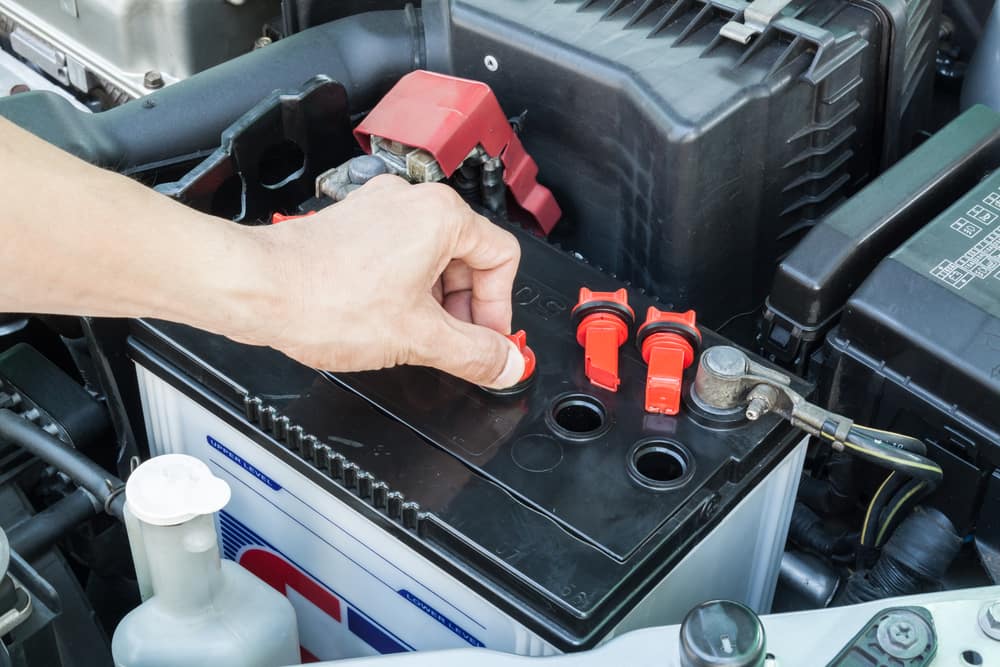How To Install a Tracking Device on Your Car?

In today’s fast-paced world, ensuring the safety and security of your vehicle is of utmost importance. Whether you’re a concerned car owner looking to protect your investment or a fleet manager aiming to optimize operations, installing a tracking device on your car can provide invaluable peace of mind and enhanced control over your vehicle’s whereabouts. However, for many people, the process of installing a tracking device may seem daunting or unfamiliar. In this comprehensive guide, we’ll walk you through everything you need to know about installing a tracking device on your car, from selecting the right device to completing the installation process with ease and confidence.
Understanding Tracking Devices
Before diving into the installation process, it’s essential to understand the different types of tracking devices available and how they work. GPS (Global Positioning System) trackers are the most common type of tracking device used in cars. These devices utilize satellite signals to determine the precise location of your vehicle in real-time. Some GPS trackers also offer additional features such as geofencing, speed monitoring, and remote engine immobilization.
Selecting the Right Tracking Device
The first step in installing a tracking device on your car is selecting the right device for your needs. Consider factors such as the size and design of the tracker, its battery life, the accuracy of its location tracking, and any additional features it offers. Look for a reputable and reliable tracking device provider with a proven track record of quality and performance.
Preparing for Installation
Once you’ve chosen a tracking device, it’s time to prepare your vehicle for installation. Start by gathering the necessary tools and equipment, including a power source (such as the vehicle’s battery), wiring connectors, adhesive mounts or brackets, and any other materials specified by the tracker manufacturer. Familiarize yourself with the layout of your vehicle’s interior and identify suitable locations for mounting the tracker and routing the wiring.
Installation Steps
Now, let’s walk through the step-by-step process of installing a tracking device on your car:
Locate a Suitable Mounting Location: Choose a discreet and secure location inside your vehicle to mount the tracking device. Common mounting locations include under the dashboard, behind the glove compartment, or beneath the seats. Ensure that the chosen location offers adequate protection from moisture, heat, and potential tampering.
Secure the Mounting Bracket: Use adhesive mounts or brackets to securely attach the tracking device to the chosen location. Make sure the mounting surface is clean and dry before applying the adhesive to ensure a strong and reliable bond. Follow the manufacturer’s instructions carefully to ensure proper installation.
Connect the Power Source: Most tracking devices require a power source to operate. Depending on the device’s design, you may need to connect it directly to the vehicle’s battery or use an auxiliary power source, such as the cigarette lighter socket or a dedicated power outlet. Use wiring connectors and insulation tape to secure the connections and prevent electrical shorts or damage.
Route the Wiring: Carefully route the wiring from the tracking device to the power source, ensuring that it is hidden from view and protected from damage. Use cable ties or adhesive clips to secure the wiring along existing cable paths and avoid obstructing moving parts or airbag deployment zones.
Test the Tracker: Once the tracking device is securely mounted and connected to the power source, perform a test to ensure that it is functioning correctly. Activate the tracker using the manufacturer’s instructions and verify that it can successfully acquire a GPS signal and transmit location data to the monitoring platform.
Finalize Installation: Once you’ve confirmed that the tracking device is working as intended, tidy up any loose wiring and secure the connections with insulation tape or cable ties. Double-check the mounting of the tracker and ensure that it is firmly attached to the mounting surface. Finally, test the tracker again to verify that it continues to operate reliably.
Conclusion
Installing a tracking device on your car is a straightforward process that can provide invaluable benefits in terms of security, safety, and peace of mind. By following the steps outlined in this guide and selecting the right tracking device for your needs, you can protect your vehicle against theft, monitor its location in real-time, and maintain full control over its usage and whereabouts. Whether you’re a concerned car owner or a fleet manager looking to optimize operations, installing a tracking device is a practical and effective solution for ensuring the safety and security of your vehicle at all times.
